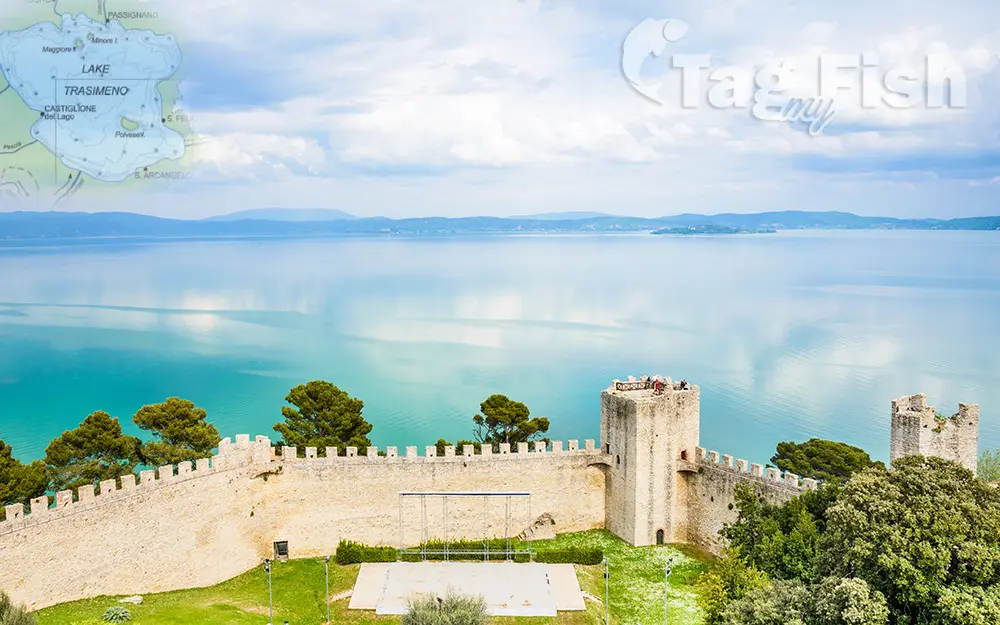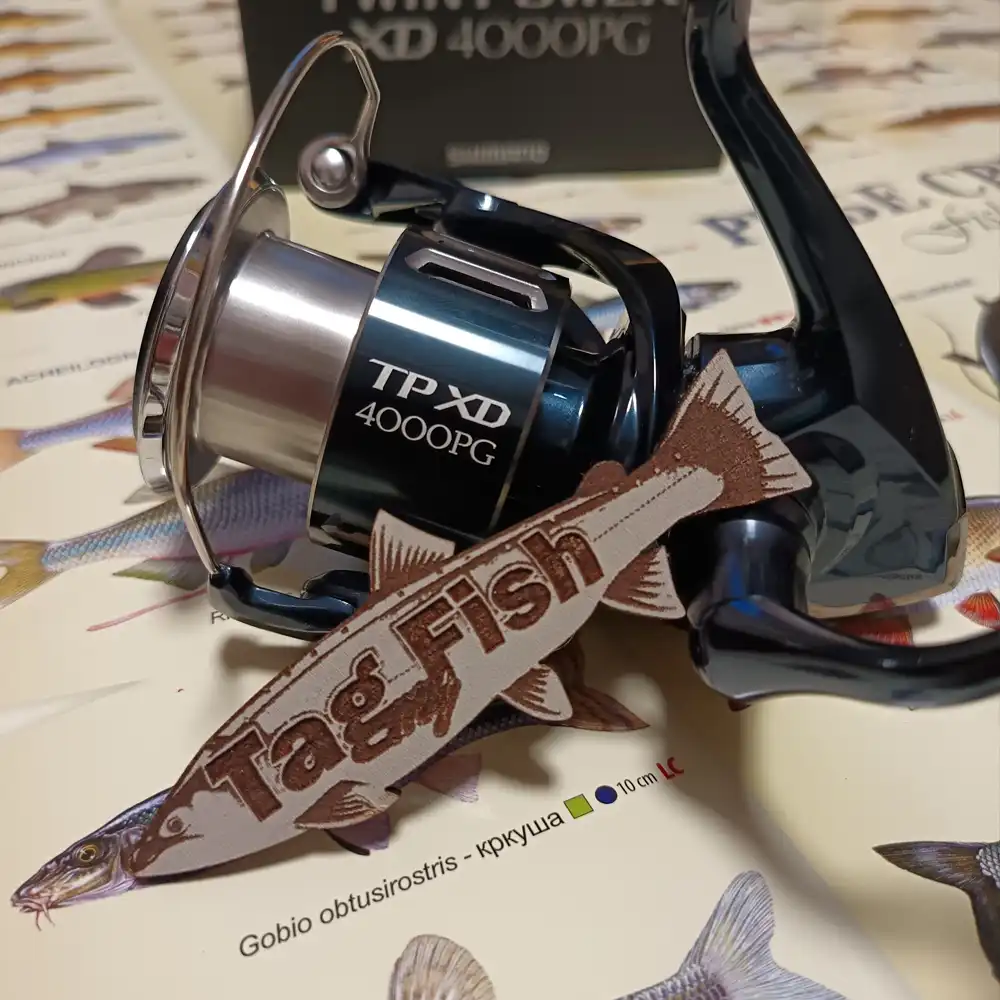Lake Trasimeno

General data
- Name: Lake Trasimeno
- Water system: Planet Earth
- Water type: Natural lake
- Progression: Planet Earth
- Climates:
- Continents: Europe
- Countries: Italy
Lake Trasimeno is a lake in the province of Perugia, in the Umbria region of Italy on the border with Tuscany. The lake is south of the river Po and north of the nearby river Tiber and has a surface area of 128 km2 (49.4 sq mi), making it the fourth largest in Italy, slightly smaller than Lake Como. Only two minor streams flow directly into the Lake and none flows out. The water level of the lake fluctuates significantly according to rainfall levels and the seasonal demands from the towns, villages and farms near the shore. Description Trasimeno is shallow, muddy, and rich in fish, including pike, carp, and tench. During the last 10 years it has been 5 meters deep, on average. Lake Trasimeno is an apparently endorheic body of water with no natural above-ground outlet. However, the Romans dug an artificial drainage tunnel in the San Savino area, which was restored in the Renaissance; a modern canal, the Emissario del Trasimeno, was built in 1898, flowing into the Caina, the Nestore, and eventually the Tiber. The shallow waters meant that malarial mosquitoes prospered. To combat malaria, some mosquito larvae-eating fish were imported from the United States during the 1950s. These fish are widely scattered, and some live in the lakes near Trasimeno. Although billions of larvae are eaten, there are still many mosquitoes and other insects. The lakes water quality is still very good, as a study by conservation group Italia Nostra showed in 2005. This is believed to be largely due to the small population and a lack of large farms in the area. A proposal to drain the lake to solve the problems of malaria and depth changes was rejected. At the end of the 19th century, the level changes were solved by building a channel near San Feliciano. This also lessened the malaria problem.

 English
English
 Spanish
Spanish
 German
German
 French
French
 Serbian
Serbian
 Russian
Russian

